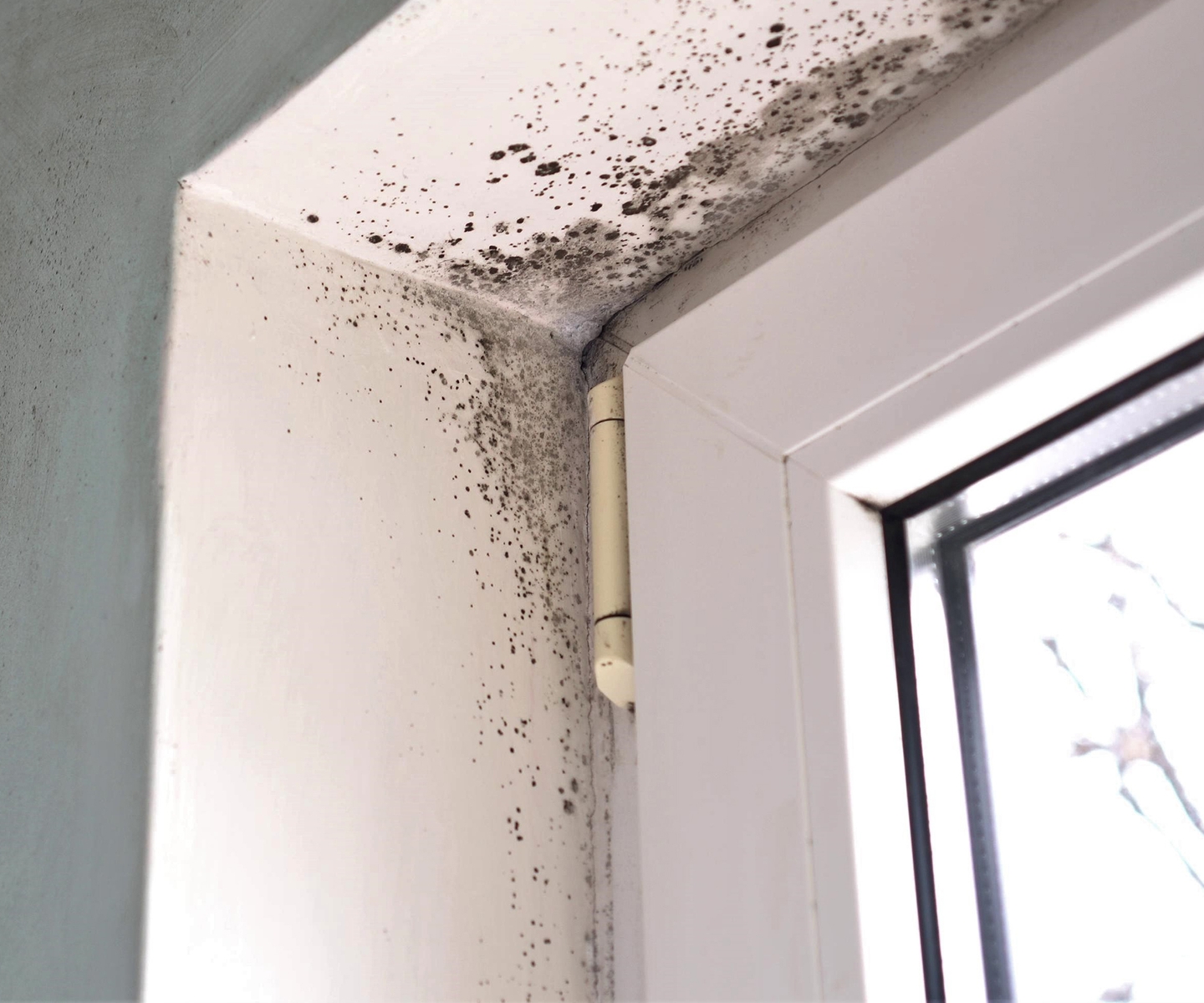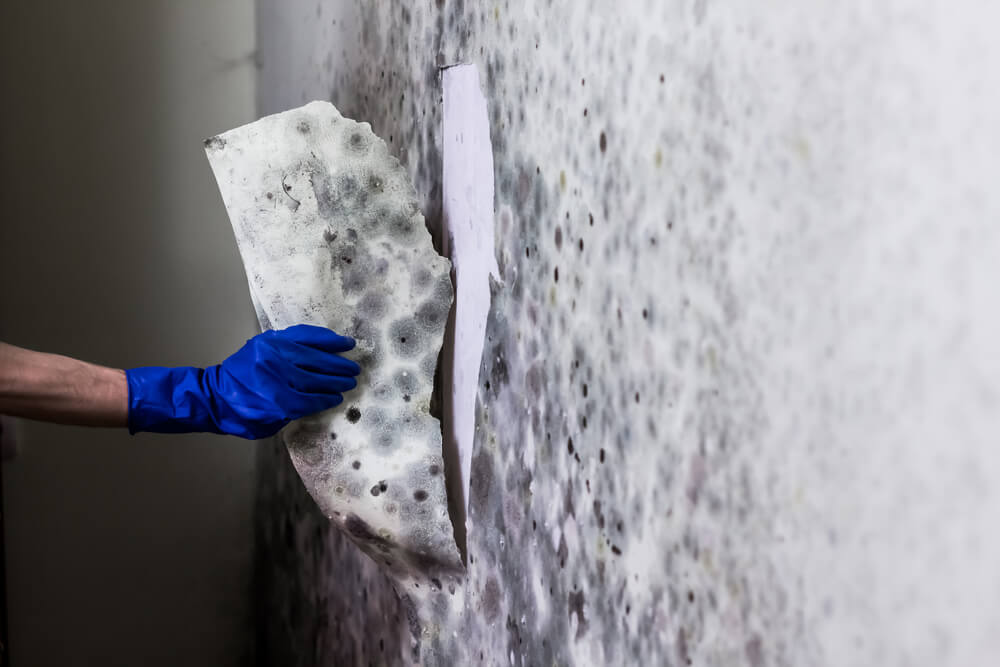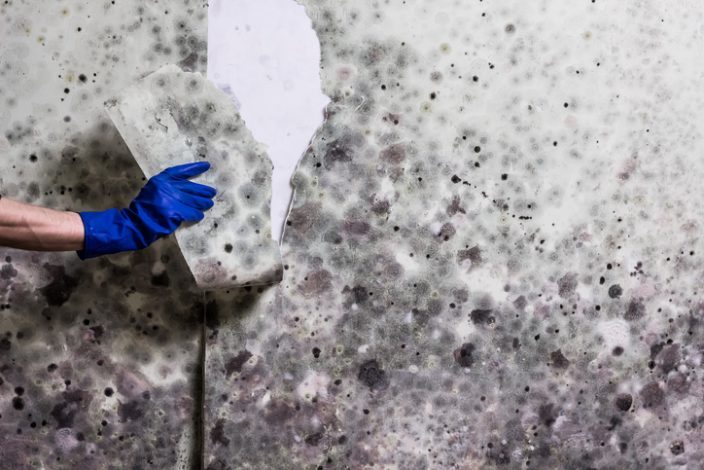Comprehensive Post Mold Remediation Procedures
Comprehensive Post Mold Remediation Procedures
Blog Article
Effective Message Mold And Mildew Removal Solutions for Your Home
Mold development in homes can be a persistent issue, frequently calling for a systematic approach for efficient post-remediation remedies. From recognizing the factors that contribute to mold development to implementing proper cleaning methods and wetness control actions, the procedure can be detailed yet crucial for keeping a healthy living environment. After mold remediation.
Understanding Mold Growth Elements
The key aspect adding to mold growth is dampness. Mold and mildew spores require moisture to thrive and sprout, making damp or damp settings very susceptible to mold and mildew infestations.

Additionally, air flow and light direct exposure can affect mold development. Locations that lack correct ventilation and all-natural light are a lot more susceptible to mold and mildew growth. By attending to these factors comprehensively, people can properly mitigate mold and mildew development and secure their living environments.
Appropriate Mold And Mildew Cleaning Strategies
Using reliable cleansing techniques is essential in preventing the reoccurrence and addressing of mold and mildew contamination in indoor environments. When managing mold, it is vital to focus on safety and security by putting on protective equipment such as handwear covers, safety glasses, and masks. The initial step in proper mold and mildew cleansing is to contain the damaged area to avoid the spread of spores to unpolluted areas. This can be accomplished by securing off the room and utilizing air scrubbers or unfavorable air makers to preserve air quality.

Applying Wetness Control Steps
To effectively avoid mold development and contamination in indoor atmospheres, carrying out moisture control procedures is paramount. Moisture is the key variable that fuels mold and mildew growth, making it critical to take care of humidity degrees within the home. One reliable measure is to utilize dehumidifiers to keep interior humidity degrees below 60%. Furthermore, making certain appropriate air flow in locations prone to moisture buildup, such as kitchens and shower rooms, can help in reducing the risk of mold growth. Frequently examining and repairing any leakages in plumbing, roof coverings, or home windows is likewise necessary in protecting against excess wetness build-up. Using exhaust fans while cooking or bathing, and allowing air blood circulation by keeping furnishings somewhat away from wall surfaces can help in dampness control. In addition, making use of moisture-resistant products in high-humidity locations, such as mold-resistant drywall and paints, can be helpful. By carefully implementing these dampness control actions, home owners can efficiently minimize the possibility of mold recontamination and preserve a healthy and balanced interior environment.
Making Use Of All-natural Remediation Solutions
After efficiently executing moisture control steps to protect against mold and mildew growth in interior environments, house owners can now check out the effectiveness of all-natural remediation remedies in maintaining a healthy space. All-natural remediation services utilize ecologically pleasant techniques to battle mold and mildew and mold, making them a prominent option for those looking for safe choices. One such service is using vinegar, a natural antimicrobial agent, to disinfect and clean surfaces contaminated by mold and mildew. Merely weaken vinegar with water and spray it onto the influenced locations, permitting it to rest for a couple of hours before wiping clean. Furthermore, tea tree oil, understood for its antifungal homes, can be mixed with water and splashed onto mold-infested surface areas to prevent additional growth. An additional natural choice is hydrogen peroxide, which can properly eliminate mold and mildew on numerous surfaces without leaving dangerous residues behind. By including these all-natural remediation options right into their cleaning regimens, home owners can successfully combat mold and mildew development while promoting a try here much healthier indoor remove mold book cover setting for themselves and their family members.

Maintaining a Mold-Free Atmosphere
On a regular basis examining locations prone to mold development, such as restrooms, attics, cellars, and kitchens, is vital. Correct air flow in areas with high moisture degrees is likewise crucial to stopping mold and mildew development.
Additionally, maintaining tidiness in the home is crucial for mold and mildew avoidance. On a regular basis cleansing and cleaning surface areas, rugs, and furniture can aid eliminate mold spores before they have a chance to settle and multiply. Making use of mold-resistant items for building products and home furnishings can additionally help in producing a mold-free atmosphere. Maintaining indoor plants in check and making certain appropriate water drainage in outside landscaping can lessen moisture build-up, minimizing the probability of mold invasions. By following these aggressive maintenance practices, homeowners can effectively maintain a mold-free space.
Conclusion
Finally, it is important to deal with mold and mildew growth factors, utilize correct cleansing techniques, apply moisture control actions, make use of natural remediation solutions, and preserve a mold-free atmosphere in order to efficiently manage message mold remediation in your house - what to do after mold remediation. By following these techniques, you can stop mold and mildew from repeating and guarantee a healthy and balanced living setting for you and your family members
The key aspect contributing to mold growth is moisture. Mold spores call for wetness to prosper and germinate, making damp or humid settings highly vulnerable to mold infestations.To efficiently prevent mold and mildew development and contamination in interior atmospheres, executing wetness control measures is extremely important. In addition, ensuring appropriate ventilation in areas vulnerable to moisture accumulation, such as cooking areas and bathrooms, can aid decrease the threat of mold development.After efficiently applying dampness control procedures to stop mold and mildew growth in indoor settings, home owners can now check out click here for info the performance of all-natural remediation remedies in maintaining a healthy living room.
Report this page